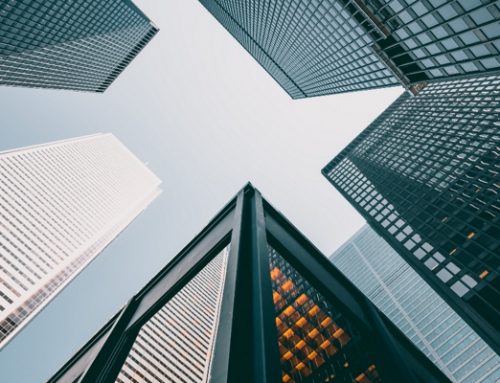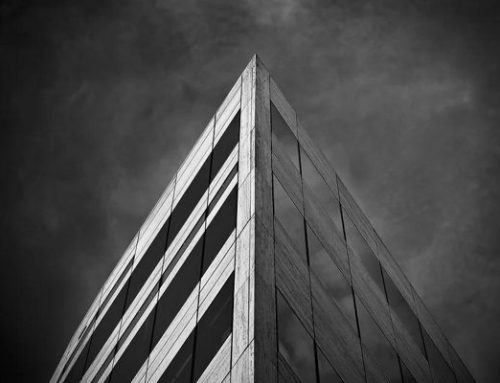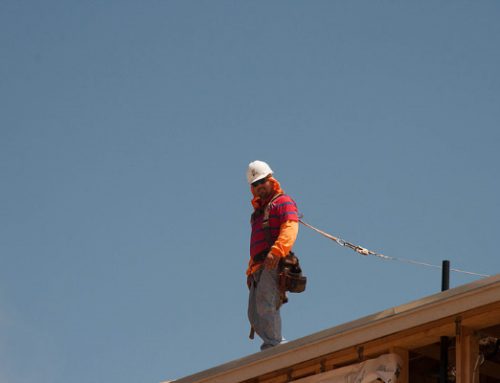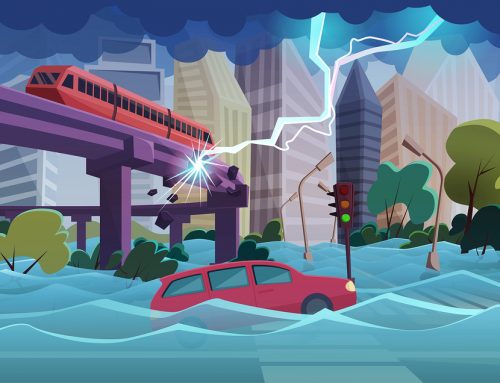Contractors often recommend that commercial property owners invest in EPDM. The average rubber membrane roof life expectancy, durability, ease of installation, and cost per square foot makes it the best replacement for any damaged material. While it does have its own disadvantages in some areas, the material itself is strong enough to last for decades.

Learn more about the costs of having professional contractors install your rubber roofs, the actual cost of material, and how to best install them on your roof below!
EPDM Roof Characteristics
Ethylene Propylene Diene Monomer (EPDM) is a commonly-used flat roofing material aside from TPO, PVC, asphalt, and other roofing materials. It is made from recycled rubber material, sawdust, and slate dust. The manufacturers process these into flat single-ply roofing membranes. EPDM roofs that have passed UL tests are considerably tough, insulates properties efficiently, reflects UV rays, and withstands weather effects efficiently.
EPDM’s only downside is it is usually manufactured with black colors. It will lack any curb appeal. Heavy, sharp objects, such as stepladders, can quickly puncture its otherwise durable rubber material. However, these can be easily repaired by professionals at affordable rates.
The average rubber membrane roof life expectancy, if properly installed and maintained properly, can reach up to 40 years.

Cost Per Square Meter
EPDM is cheap to manufacture because it uses recycled materials. The rubber membrane has an average price of $0.80 per square foot. This rate is affordable compared to TPO, which can cost about $5-$6 per square feet. The most expensive non-asphalt and metal roof membrane is PVC, which costs about $6-$9.5 per square foot. Metal roofs costs about $9 per square foot while modified bitumen costs about $7.
Professional Installation Cost
The American national average for rubber roofing installation costs about $7,500. However, based on the EPDM roof’s size and roof installation difficulty, the prices can range from $6,000 – $18,000.
The advantages of having professional roofing installation include maximizing the lifespan of the roofing membrane through precise attachment and giving you with less maintenance and repair issues in the future. However, the installation cost is separate from the cost of your EPDM roofing material and other items and tools the contractor can charge to you during the installation process.

Reasons Why EPDM is an Excellent Choice
Most contractors will recommend EPDM because of the following:
Durability: EPDM is durable enough to support rooftop gardens as well as TPO and PVC can. The material is seamless. This enables it to lock moisture and prevent any growth of fungi and other roof-harming lifeforms. If installed properly, EPDM roofs can last up to 40 years.
Lightweight: EPDM roofs weigh only two pounds per square foot, making them lighter than modified bitumen but more durable.
Only Requires a Good Installation: Seamless sheets of rubber membranes only need good installation to achieve its moisture-resistant and no-leak capabilities similar to TPO, PVC, and other more-expensive roofing materials.
Maximize Rubber Membrane Roof Life Expectancy With Proper Installation
If you plan to install your EPDM roof, you need to do it as best and efficient as possible. To ensure you maximize your rubber membrane roof life expectancy, here are the steps to properly install EPDM roofs.
1. Roof Deck Preparation
Commercial properties are typically free from slopes, domes, and other geometric shapes. In case the property possesses non-flat shapes, you can install EPDM membranes effectively as long as they are mechanically fastened. However, you may need to consult professional help to ensure the membranes have watertight installation.
Before installation, clean the surface of the roof. In this light, make sure it is free from dust and other materials that will weaken your adhesive of the membrane. EPDM membranes need to stick to the roof’s surface.
2. Batten and Trim Installation
Inspect areas of your roof with a gutter to know where you will need to install a batten to extend your roof deck towards the gutter. This directs excess rainwater drips to the gutter and not behind the gutter. Doing this prevents damage to the fasteners and supporting wall underneath the gutter. The trim enables the batten to smoothly direct the flow of water to the gutter with a curve and is attached above the batten.
3. Install Wall Upstand
Prepare areas of the wall that would accept flashing that redirects moisture from your wall towards the EPDM membrane. Remove excess brick mortar using angle grinders or mortar chisels to ensure the flashings attach efficiently.
4. Prepare EPDM Layer
Unfurl the roofing membrane and let it stay in place for 30 minutes. To speed up your installation process, measure the flat roof and identify the number of sections you need to cut from the membrane. Despite the material’s durability, a pair of heavy-duty scissors cuts through it efficiently.

5. Apply Adhesive
This step is crucial because the rubber membrane roof life expectancy depends on the material’s bond with the surface itself.
Before applying adhesive, place the cut-out EPDM parts on areas they will cover to ensure they fit perfectly. Give a one-inch allowance to allow the seams to overlap. Then, prepare your roof membrane adhesive according to the package’s instructions.
Fold each layer in half. Then, use a paint roller to apply your roofing adhesive. Make sure to unfold the membrane immediately after you have finished applying the adhesive to prevent it from drying without attaching the membrane. If you fail to do this, you can apply a thin adhesive coat behind the membrane.
Halfway fold the other area of the EPDM membrane and apply adhesive in the same way to fully attach the layer. Do the same for the other membrane layers on your roof.
6. Cut EPDM Excesses
Cut any excess material you can see from the walls. To do this faster, you can use the wall flashings as a guide. Make sure to clean off excess adhesive that may have leaked out and dried. Use seam tapes to ensure the watertight seal of each EPDM layer. Before doing so, allow the adhesive and material to bond before applying primer and laying seam tapes over these areas.
Conclusion
EPDM roofing is the cheapest flat roof roofing solution for commercial properties. With a long rubber membrane roof life expectancy, it is the best decision for any property owner who needs a cost-effective roofing solution.





